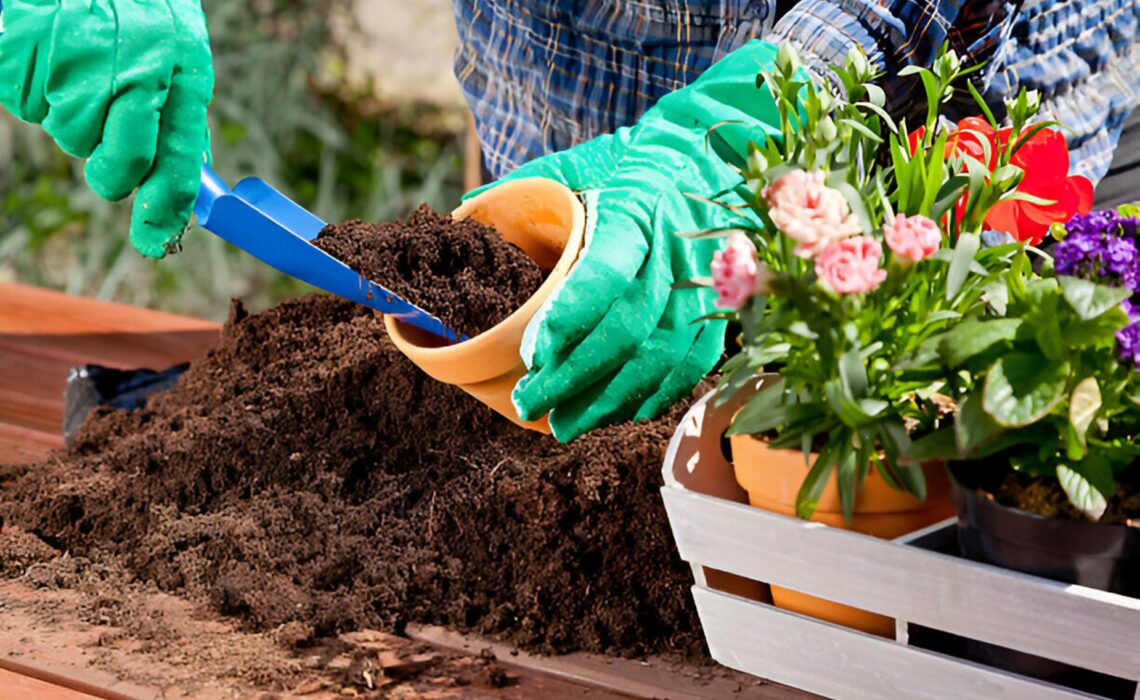
Have you ever wondered why your neighbour’s garden looks like a page from a lifestyle magazine, while yours is struggling to even have green grass? Are you constantly fighting the battle to keep your plants healthy, happy, and thriving? Or have you just started to nurture your inner gardener and are eager to learn the tricks of the trade?
If you responded with a yes to any of these questions, then you’ve found the right post. This blog will delve into innovative gardening techniques that can transform your ordinary garden into a lush sanctuary. We’ll explore ways to maximize the potential of every plant, regardless of your horticultural skills. From low maintenance garden hacks to soil care and sustainable gardening practices we’ll venture through it all. Giving you a holistic understanding on innovative techniques that every gardener, novice or seasoned, should know.
Incorporating Vertical Gardening
Whether you have ample space to grow or a small balcony, vertical gardening is a technique to utilize. It involves growing plants upward on a trellis, wall, or other supporting surface. This ingenious method solves the problem of insufficient space and can turn an unadorned wall into a flourishing green backdrop.
Vertical gardens open a pandora box of opportunities, allowing you to make strategic design choices. You can create your herb wall or grow beautiful cascading flowers that lend vibrance and character to your space. Not to mention their brilliant function in screening out unwanted views and providing much-needed privacy. But, like any gardening method, it requires understanding plant needs and managing growth habits mindfully.
Understanding Companion Planting
Companion planting, an age-old practice, is garnering attention among the gardening community. This method involves strategically planting different species together to benefit each other. They could deter pests, enhance growth, or entice pollinators.
For instance, broccoli grows well with onions and sage, projecting a natural shield against unwanted pests. Marigold and tomatoes are another fantastic pair, with the former releasing chemicals into the soil that ward off nematodes. Yet, companion planting needs careful planning to ensure harmonious growing conditions and combat competition for nutrients.
Harnessing the Power of Aquaponics
Aquaponics, a sustainable gardening technique, is a fine-tune blend of hydroponics and aquaculture. It involves growing plants and fish together in a symbiotic system. The fish waste acts as organic fertilizer for the plants, while the plants purify the water.
Though it may seem intimidating to set up initially, once in place, aquaponics is an effective and rewarding technique. It conserves water, reduces the need for synthetic fertilizers, and can provide both fresh produce and protein.
Utilizing Smart Watering Techniques
Smart watering techniques can save time, water, and promote healthier plants. Drip irrigation or soaker hoses efficiently deliver water to plant roots, minimizing evaporation and runoff.
Watering at the right time is also crucial. Early mornings or evenings are typically ideal—when temperatures and wind speed are lower, leading to slow evaporation. Understanding plant water needs, knowing when and how much to water are pivotal for a thriving garden.
Embracing No-Dig Gardening
No-dig gardening embodies the concept – working with nature and not against it. It underscores the need for minimal disturbance to soil, preserving its natural structure and microbial life.
You start by laying down compost, then add a layer of straw or leaves, and finally a layer of manure or green waste. The organic matter breaks down over time, enhancing soil fertility naturally. Though it requires patience, no-dig gardening helps in creating a balanced soil ecosystem and a healthy, productive garden.
Conclusion
A blooming garden is not the result of mere luck, but skilful practice infused with innovative techniques. These techniques – vertical gardening, companion planting, aquaponics, smart watering, and no-dig gardening – can be the magic wand that transforms your garden.
They reflect an understanding of nature, its cycles, and its needs. Moreover, they can help create sustainable gardening practices, balancing our needs with those of our environment. In essence, every gardener can learn and implement these techniques, nurturing not just a garden but a sanctuary teeming with life, diversity, and resilience. Happy Gardening!
To know more information about us then you can go through the details below:
Name: Special Garden Design
Address : 167 Corrigan Rd, Noble Park VIC 3174
Phone : 0435774677
Email : mrbaksha@gmail.com
